Baer’s Pochard
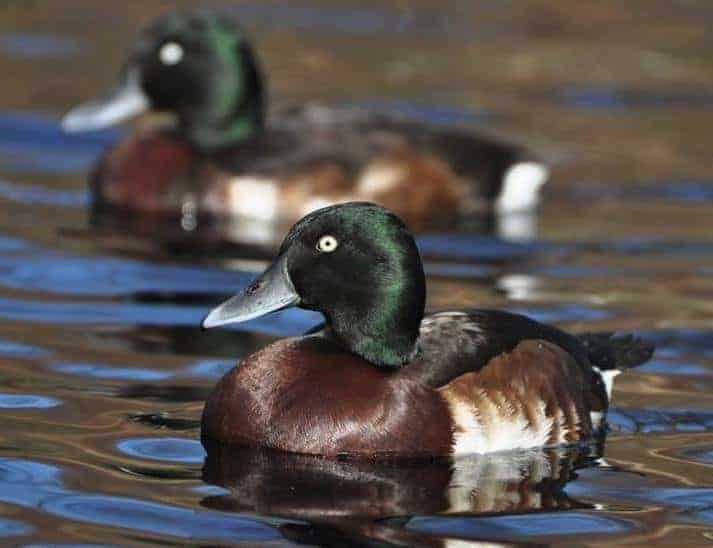
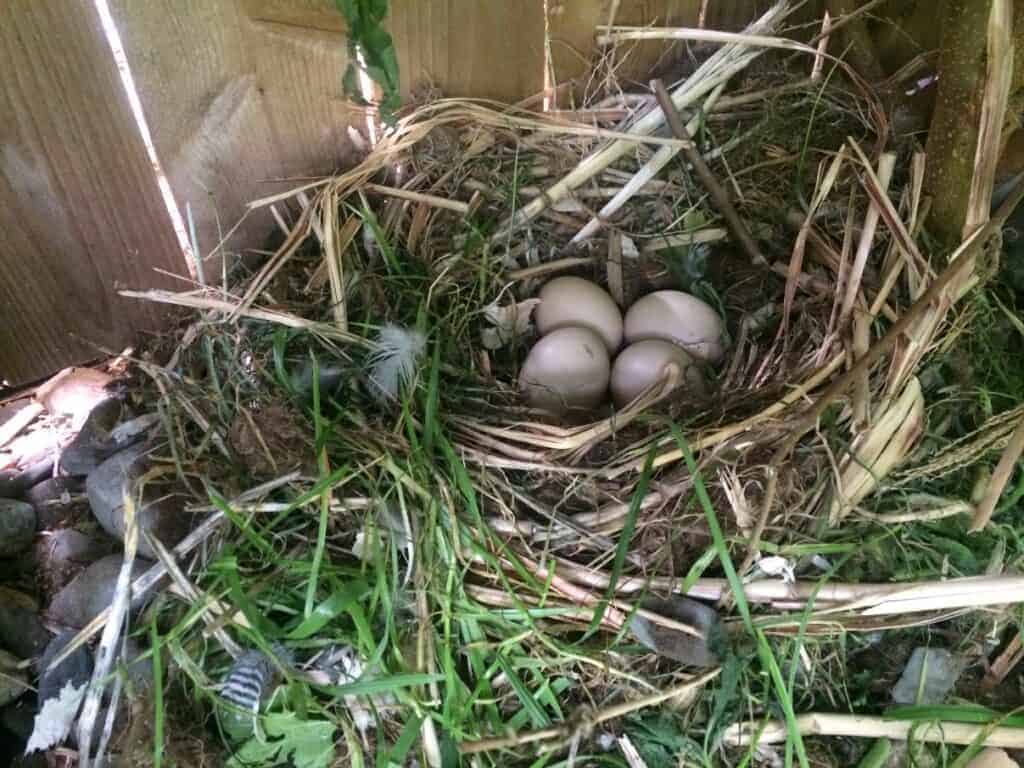
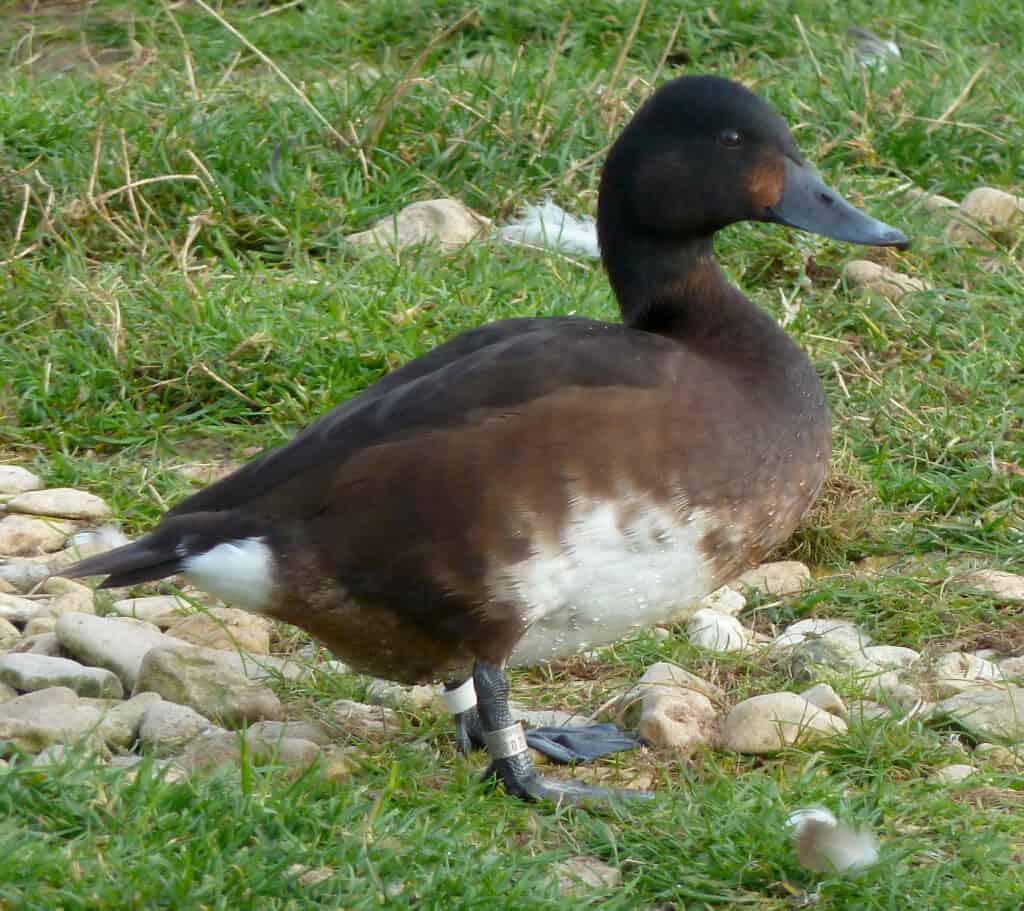
Aythya baeri
Critically endangered, and one of the rarest ducks in the world, Baer’s Pochard is something of a mystery. Though once widely distributed in its native China, with wintering birds occurring as far south as northern India and Thailand, no one can explain why this duck has become so rare. Loss of both breeding and wintering sites is certainly a major factor. The population crash is recent: once regarded as common, it was listed as threatened in 1988, upgraded to vulnerable in 1994, endangered in 2008, and critically endangered in 2012. The total wild population may now be fewer than 300 birds.
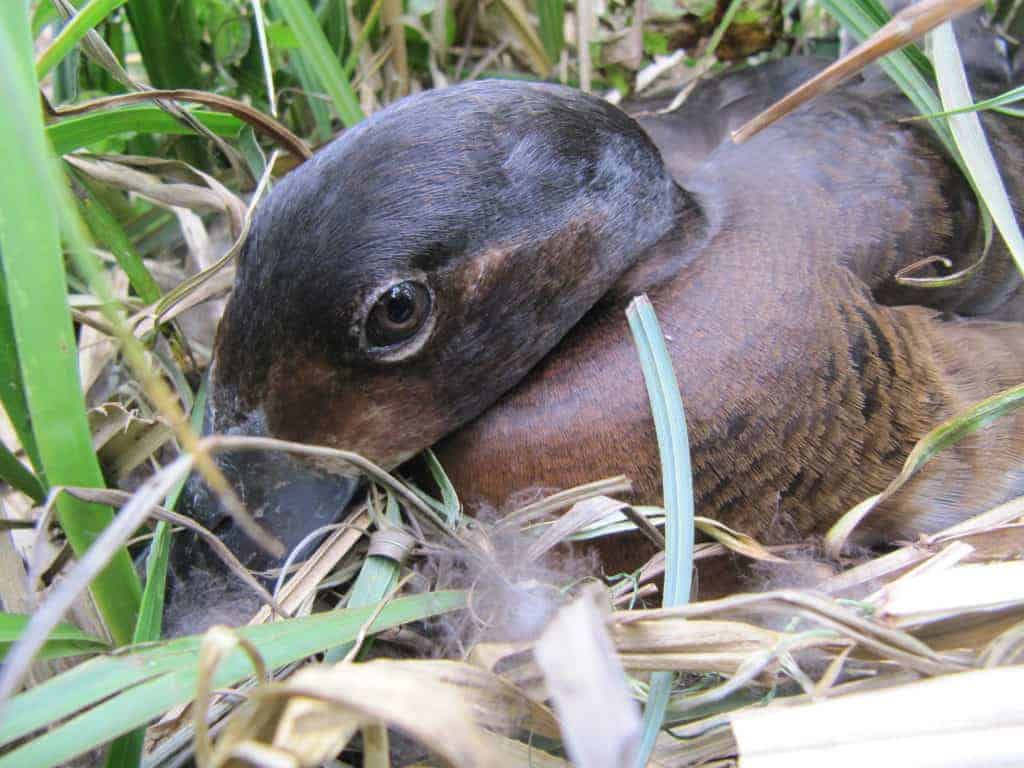
Looking rather like a darker and bigger version of a Ferruginous Duck, they share the same distinctive white eye. They are named after Dr Karl Ernst von Baer, an Estonian naturalist and explorer.
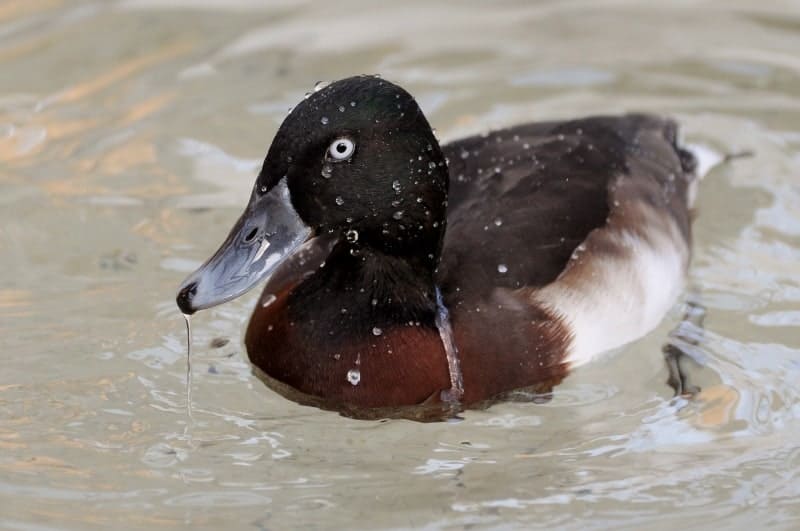
The (American) Association of Zoos and Aquariums is running a conservation-focused breeding programme, managed by staff at the Minnesota Zoo. A Species Action Plan was established by WWT in 2015: the Trust’s wildfowl collections hold good numbers of these pochard. The Trust is managing a breeding pool of Baer’s Pochard in case they need to be reintroduced from captivity back to their native habitat.
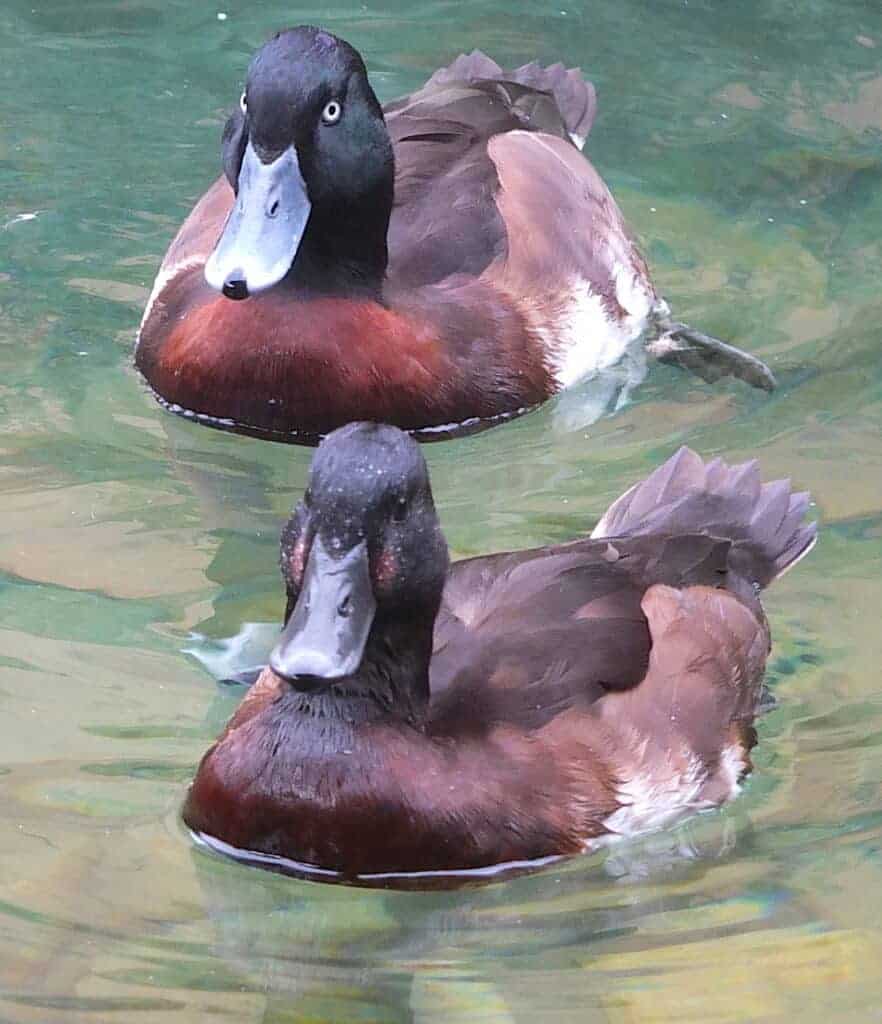
Because of their relatively dull plumage and quiet habits, these diving ducks have never been popular in captivity. However, captive breeding may well be essential for the survival of the Baer’s Pochard. The clutch size is 6-9 creamy eggs, with incubation taking 27 days.
FURTHER READING
Hearn, R., Tao, X. and Hilton, G. 2013. A species in serious trouble: Baer’s Pochard Aythya baeri is heading for extinction in the wild. BirdingASIA. 19: 63–67.
Hearn, R. 2015. The troubled Baer’s Pochard. Aythya baeri: cause for a little optimism. Birding Asia 24: 78–83.
Liu, D., Zhou, Y., Fei, Y. et al. Mitochondrial genome of the critically endangered Baer’s Pochard, Aythya baeri, and its phylogenetic relationship with other Anatidae species. Sci Rep 11, 24302 (2021). https://doi.org/10.1038/s41598-021-03868-7
WWT, 2021. Baer’s Pochard conservation